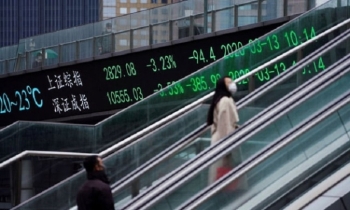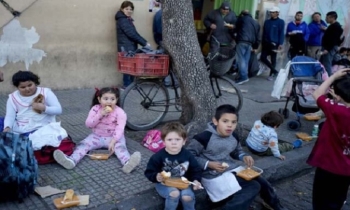Shifting to formal channels to increase remittances in Bangladesh: World Bank
BI Report || BusinessInsider

Inward remittance in Bangladesh may go up by 8% to $20 billion this year, a development that can cheer up the government at a time when almost all countries are witnessing a sharp fall in the amount of money being sent back by their migrant workers.
The World Bank made the prediction in a report titled “Covid-19 crisis through a migration lens", which was published on Thursday.
The report predicted that remittance to South Asia is projected to decline by around 4% in 2020 to $135 billion.
But in Pakistan and Bangladesh, the impact of the global economic slowdown has been somewhat countered by the diversion of remittances from informal to formal channels due to the difficulty of carrying money by hand under travel restrictions, said the World Bank.
It said Pakistan also introduced a tax incentive whereby withholding tax was exempted from July 1, 2020, on cash withdrawals or on the issuance of banking instruments/transfers from a domestic bank account. Bangladesh registered a large increase in remittance inflows in July after the floods that inundated a quarter of its landmass.
Although India will be the first on the list in terms of total remittance flow, it is projected to be 9% less than the previous year.
Remittance costs came in at just under 5% in the third quarter of 2020 in South Asia since it was the least costly region to send $200 to. But costs are well over 10% in some corridors (from Japan, South Africa and Thailand, and from Pakistan to Afghanistan).
The World Bank cautioned countries that as the Covid-19 pandemic and economic crisis continues to spread, the amount of money migrant workers send home is projected to decline 14% by 2021, compared to the pre-Covid-19 levels in 2019.
Remittance augments consumption and investment and thereby has an important role in stimulating the economies in receiving countries, analysts said.
























